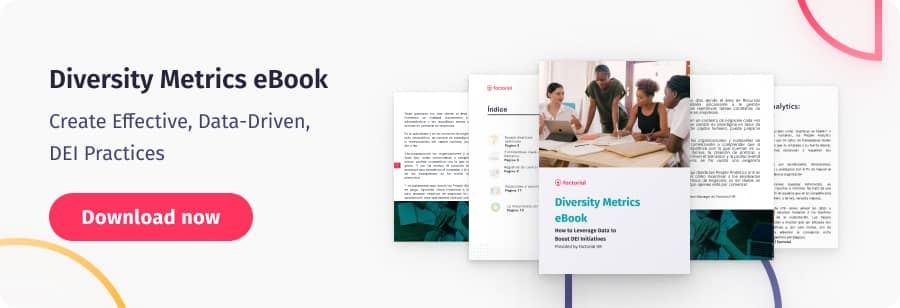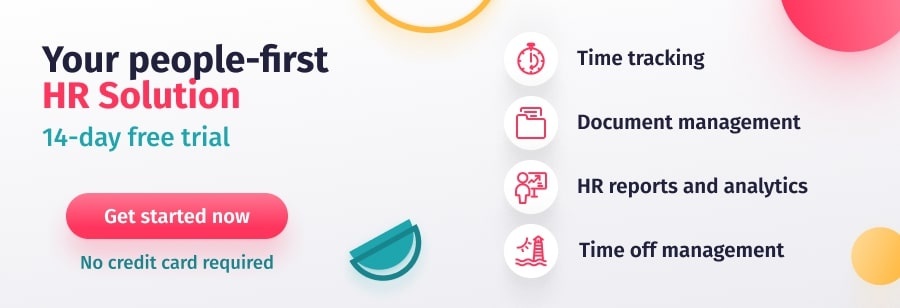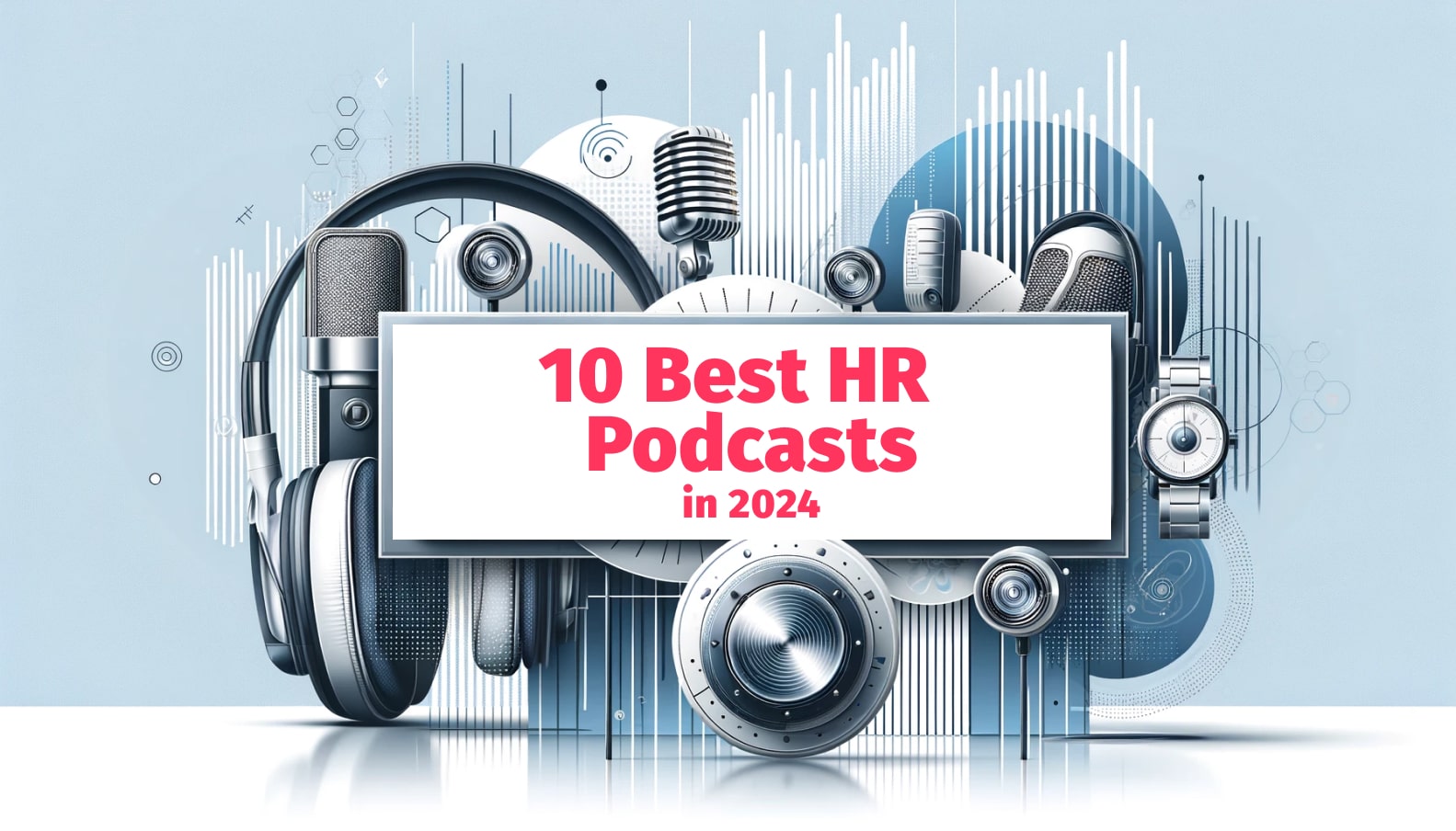One of the most important aspects to consider when you draft your HR policies and procedures is ensuring you foster a culture of diversity and inclusion in the workplace. This means not promoting any obvious forms of systemic discrimination. It also means not conducting any activities that may have a less apparent ‘adverse impact’.
But what is adverse impact, and how can you protect yourself against it?
In this guide we will share an adverse impact definition and examples to help you avoid any unconscious bias in the workplace. We will also look at the steps you need to take to conduct an adverse impact analysis to protect your business from potential discrimination claims.

Adverse Impact Definition: What is Adverse Impact?
Let’s start with the basics: what is adverse impact?
According to the Uniform Guidelines on Employee Selection Procedures, an adverse impact is defined as a “substantially different rate of selection in hiring, promotion, or other employment decision which works to the disadvantage of members of a race, sex, or ethnic group”.
What’s does this mean?
Put simply, adverse impact refers to employment practices that appear to be nondiscriminatory but in reality have a negative effect on a legally protected minority group. It can occur in a number of HR processes including promotions, training and development, layoffs, and even performance appraisals. However, it is most commonly seen in recruitment in the form of hiring and selection practices that alienate groups of people based on their race, ethnicity, age, sexuality, or gender.
This might include:
- Requirements listed in a job description
- Filters used in the selection process
- Questions posed in interviews
Adverse Impact vs Disparate Impact
Adverse impact is often used interchangeably with the term disparate impact. However, there is a distinction between the two terms.
Disparate impact is a legal theory of liability under Title VII of the Civil Rights Act of 1964. The theory prohibits employers “from using a facially neutral employment practice that has an unjustified adverse impact on members of a protected class”. This includes excluding persons based on race, color, religion, sex (including sexual orientation and gender identity) or national origin.
Adverse impact is one element of this doctrine. It specifically relates to the measures the effect an employment practice has on a class protected by Title VII. To achieve this, companies must conduct regular adverse impact analyses. More on this shortly.
An Example of Adverse Impact
Let’s take a lot at an example of adverse impact to help explain the term:
Imagine you are looking to hire a new finance manager for your company. 100 people submit their resumes. After reviewing all resumes, you determine that there are 90 male applicants and only 10 female applicants. This means that only 10% of the people that have applied for the position are classified as being from a protected group (women).
According to the four-fifths rule, which we shall look at shortly, the protected group’s selection rate should be at least 80% of the selection rate of the non-protected group. This means there is a potential adverse impact in your hiring process. This could be because the way you have worded the job description suggests you are looking for a male candidate.
Let’s take this a step further.
After you filter down your CVs and conduct a number of interviews, you are left with 10 potential candidates. 5 of these are white males (group A), and 5 are from a protected minority ethnic group (group B). You decide to only conduct background checks on the latter. Although you may argue that you have a logical reason for only conducting background checks on group B, if more candidates from group B are eliminated from the recruitment process as a result of these background checks, then they are at a disadvantage. This is another example of an adverse impact in your hiring process.
Why It's Important to Avoid Adverse Impact in The Workplace
There are a number of reasons why you should implement measures to avoid adverse impact in the workplace:
- First and foremost, compliance with equal employment opportunity laws is a legal obligation. If you fail to prevent workplace discrimination it can lead to claims, lawsuits, and hefty fines.
- Promoting diversity, equity, and inclusion in the workplace has been shown to drive innovation and result in better financial returns. What’s more, cultivating a diverse workforce also helps you build a strong brand reputation. This has a positive effect on employee satisfaction levels, and also helps you attract top talent to your business.
- Effective diversity management workplace policies help you attract talent from all walks of life. This includes candidates in different phases of life and with different backgrounds. This can provide you with a wealth of knowledge and experience, giving you a competitive edge.
How to Conduct an Adverse Impact Analysis
An adverse impact analysis is a valuable metric you can use to measure your progress towards DEI goals and help minimize bias in your hiring and promotion processes.
Let’s take a look at the steps involved in conducting this analysis.
Understand the Four-Fifths Rule
The most common tool used to measure adverse impact is the Four-Fifths Rule. This test has been approved by the EEOC as a valid method for identifying potential discrimination in your processes and procedures.
The Four-Fifths rule compares the rates of selection for protected groups of individuals against the rate at which the most-represented group is selected. Protected groups include race, sex, age (40 and over), religion, disability status, and veteran status.
If any lesser-represented group has a selection rate that is less than four-fifths (or 80%) of the selection rate for the most-represented group, this can be used as evidence of adverse impact.
Calculate the Rate of Selection
Once you understand the rule, the next step is to calculate the selection rates for each group of individuals in your applicant pool. For example, you can compare men vs women or majority vs minority ethnic groups.
Let’s use the example used above for this calculation: 90 male applicants vs 10 female applicants.
Divide the number of minority applicants (in this case, women), by the total number of applicants: 10 / 100.
This gives you a selection rate of 10%, which is below the established limit. In other words, there is an element of discrimination somewhere in your hiring process.
Aside from gender, you could also divide this pool of candidates by race and ethnicity to get a full range of selection rates for all minority groups.
Identify Groups with High Selection Rates
Once you have calculated the rate of selection for all groups, you then need to compare all your totals to see which groups have the highest selection rate.
Following on from the above example, this would be men, as they have a selection rate of 90%.
You will use this rate as a point of comparison.
Calculate Adverse Impact Ratios
After calculating your selection rates for all groups and establishing which group has the highest rate, the next step is to determine the “adverse impact ratio” for each minority group. In other words, how each under-represented group compares with the most-represented group’s rate of selection.
Following our example, we would divide the selection rate for women (10%) by the selection rate for men (90%):
10 / 90 = 0.1
This gives us an adverse impact ratio for female applicants of 10%, suggesting there is clear gender bias in your recruitment process.
How to Avoid Adverse Impact
Once you have conducted an adverse impact analysis, there are a number of measures you can take to reduce any potential bias in your business. These practices will help you foster cultural competence in the workplace and promote an environment of diversity and inclusion:
- Make sure that the skills and competencies in your job descriptions are actually relevant. For example, don’t ask for X years of experience if it has no direct impact on how a candidate will perform in a certain role.
- Standardize your hiring practices so that all candidates complete the same pre-employment test and answer the same interview questions.
- Avoid potentially discriminatory follow-up questions during interviews. For example, you can ask a candidate about their work experience, but it is not okay to ask about their marital status or whether they have any children.
Finally, and perhaps most importantly, make sure you are using the right tools to measure adverse impact in your company. Monitoring and analyzing your adverse impact can help you better understand how your hiring practices are working. You can then implement the right changes to make sure you are complying with EEO laws.
If you’re not sure where to start, you should take a look at our free Diversity Metrics eBook. This will help you understand which KPIs you should be tracking in order to ensure fair hiring practices and create a culture of belonging and inclusion, free from adverse impact.








